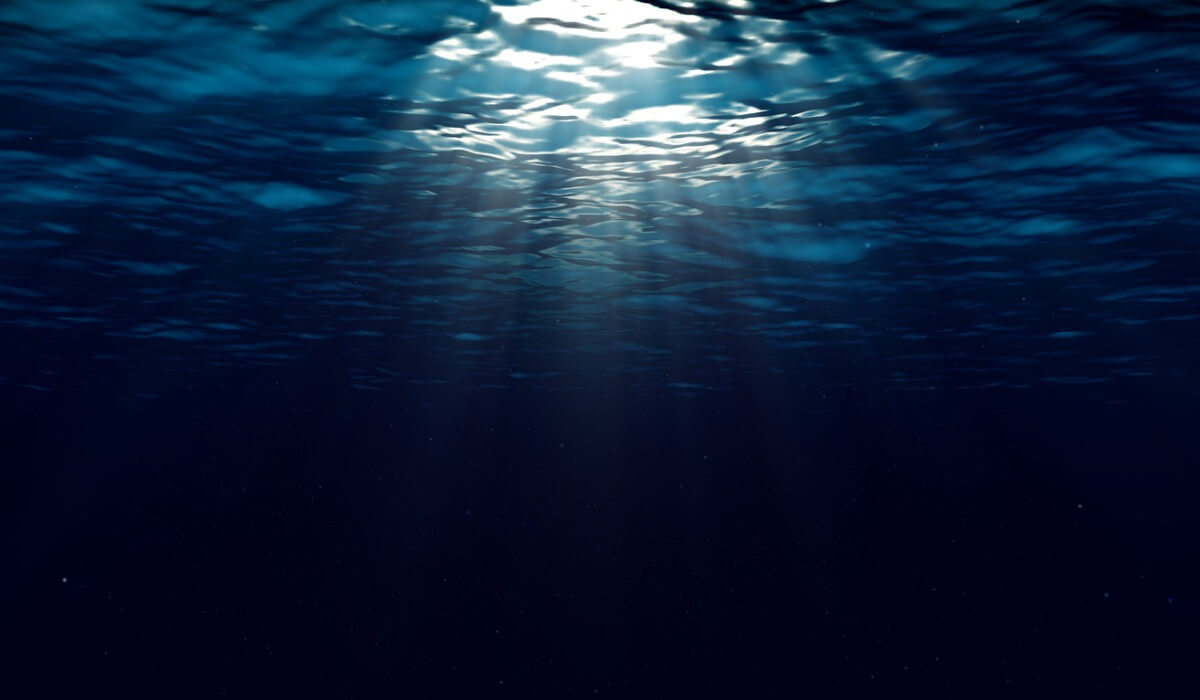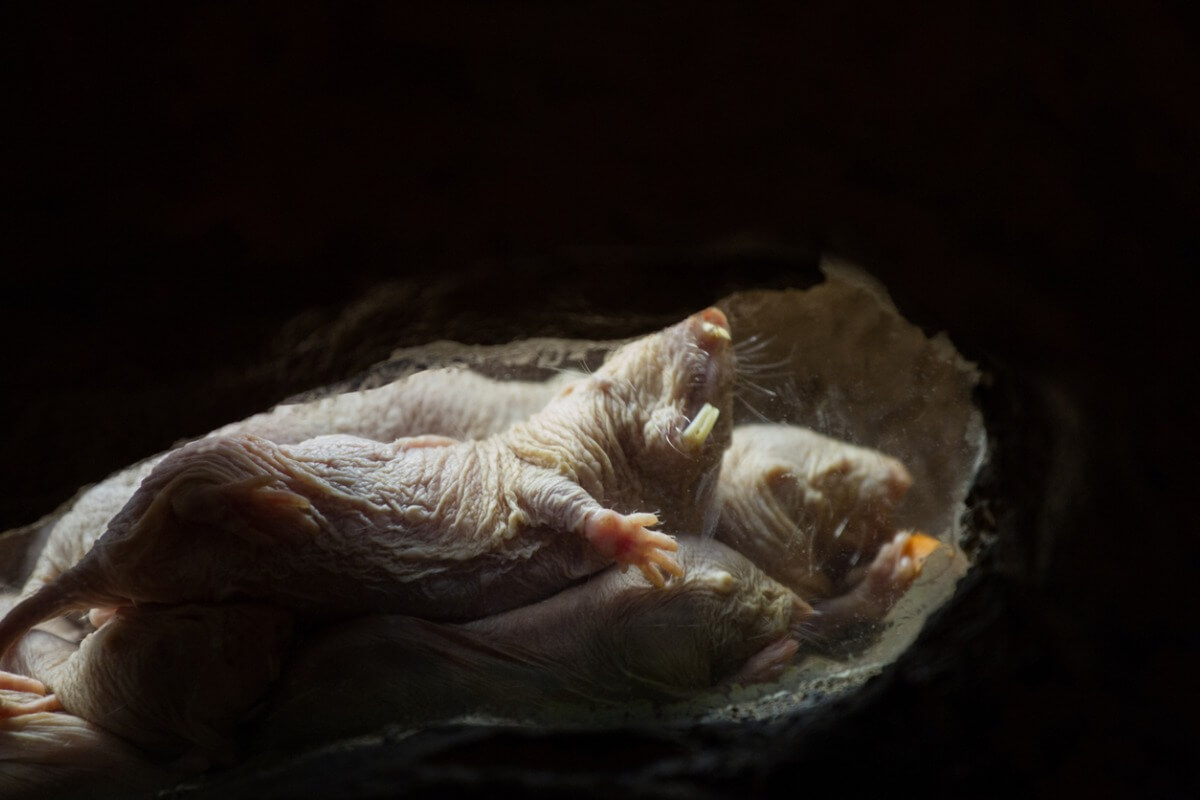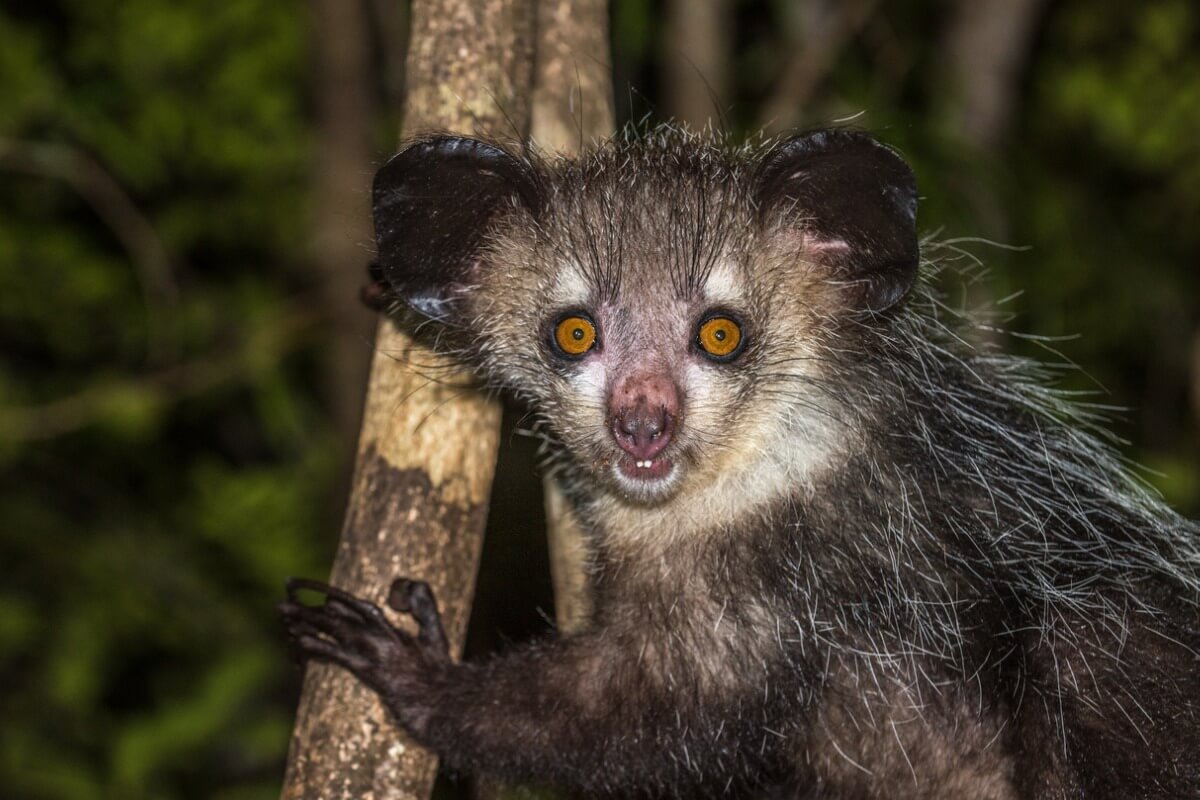The 5 Ugliest Animals in the World


Written and verified by the biologist Ana Díaz Maqueda
In nature there are many types of animals. Some are really beautiful like the peacock, graceful like the tiger, or cute like the titi monkey. However, there are also very unattractive living beings. Here are some of the ugliest animals in the world.
Despite their appearance, these animals fulfill a function within the ecosystem and play a fundamental role in food chains. Although they may not seem like the most beautiful beings in the world to some people, they’re important for global biodiversity. Without further ado, we give way to the ranking of the least graceful animals.
1. Drop fish: gold medal among the ugliest animals
The drop fish, or smudge fish, (Psychrolutes marcidus) is listed as the ugliest animal in the world. In fact, it’s the image of the Society for the Conservation of Ugly Animals. This organization, based in England, was established by Simon Watt in 2012, in order to protect those beings who, because of their appearance, aren’t so appreciated.
This fish has a gelatinous appearance, as if all the bones in its body are missing and it’s nothing more than an amorphous mass of flesh. Regardless of the opinion that one may have about this animal and its appearance, this is one of the best adaptations that nature has given to a marine animal.
The drop fish lives at great depths, which is why it has rarely been seen in the water. The high pressures in these places prevent the animal from having a swim bladder. This is the organ that allows the fish to move up and down the water column.
On the other hand, the drop fish lacks bones and muscles. Its body is a gelatinous lump of flesh much less dense than water, and this allows it to float a fair distance from the ground, where it feeds.
Despite the fact that this animal isn’t sought after for food, it’s in danger of extinction due to trawling. The specimens fall into the nets accidentally and, although they’re returned to the sea, they don’t survive after spending a few minutes out of the water.

2. Naked mole rat
As its name suggests, Heterocephalus glaber is a rat with no hair that lives underground like a mole, with its pink, rough skin constantly exposed. The naked mole rat doesn’t have any lips, and so its 4 incisors are exposed.
Neither has it any ears – just a couple of holes – which is very useful when living underground. The eyes are nothing more than 2 non-functional black dots in the darkness of the subsoil. Despite its appearance, this species hasn’t ceased to amaze humans. For one thing, the naked mole rat is the only mammal that lives in a society, like bees or ants.
In addition, these animals are used as a model in some laboratories, as they aren’t capable of developing cancer. Its genetics are crucial for the development of new therapies. Finally, it should be noted that these are the oldest rodents in existence – they can reach 30 years of age in the wild.

3. Proboscis monkey, the importance of size
Almost any human with an exaggeratedly large nose wouldn’t hesitate to resort to plastic surgery. In contrast, the proboscis monkey (Nasalis larvatus) is truly proud of this striking trait. In fact, the bigger the nose is, the more attractive the male is to the females.
The reason why it has a giant nose is still under study. This animal probably uses its nose to attract females so that it can emit loud honks to intimidate other males.
The proboscis monkey is native to the island of Borneo. Unfortunately, the destruction of the habitat due to massive and uncontrolled logging has meant that the number of individuals has been significantly reduced and the species is threatened.

4. Aye-Aye, one of the ugliest and most terrifying animals
The aye-aye looks like an evil spirit incarnate, or so many tribes living in their territory think. Actually, the aye-aye is a type of night lemur native to Madagascar. Its messy black fur, white face, and bulging eyes don’t evoke any confidence in this animal.
In addition to all these physical characteristics, the aye-aye has an extremely long thumb, which it uses to hit tree branches and discover which of them is hollow. After this, it inserts its finger through a hole and removes the insects that are hiding in it. That long, bony finger can certainly reach far!

5. Star-nosed mole
If the nose of the proboscis monkey was already strange, wait until you see this one! The little star-nosed mole (Condylura cristata) deserves a place among the ugliest animals in the world.
Tentacles sprout from its face, giving its nose the appearance of a pink and slimy star. This structure is made up of 22 appendages that have more than 25,000 nerve receptors. Although ugly, this nose doesn’t miss a thing.

Although they’re the ugliest animals in the world, the ecological importance of all these species is of utmost importance. All of them are in some degree of danger of extinction. Unfortunately, this shows that it doesn’t matter whether you’re ugly or beautiful: the destruction of the environment affects everyone equally.
In nature there are many types of animals. Some are really beautiful like the peacock, graceful like the tiger, or cute like the titi monkey. However, there are also very unattractive living beings. Here are some of the ugliest animals in the world.
Despite their appearance, these animals fulfill a function within the ecosystem and play a fundamental role in food chains. Although they may not seem like the most beautiful beings in the world to some people, they’re important for global biodiversity. Without further ado, we give way to the ranking of the least graceful animals.
1. Drop fish: gold medal among the ugliest animals
The drop fish, or smudge fish, (Psychrolutes marcidus) is listed as the ugliest animal in the world. In fact, it’s the image of the Society for the Conservation of Ugly Animals. This organization, based in England, was established by Simon Watt in 2012, in order to protect those beings who, because of their appearance, aren’t so appreciated.
This fish has a gelatinous appearance, as if all the bones in its body are missing and it’s nothing more than an amorphous mass of flesh. Regardless of the opinion that one may have about this animal and its appearance, this is one of the best adaptations that nature has given to a marine animal.
The drop fish lives at great depths, which is why it has rarely been seen in the water. The high pressures in these places prevent the animal from having a swim bladder. This is the organ that allows the fish to move up and down the water column.
On the other hand, the drop fish lacks bones and muscles. Its body is a gelatinous lump of flesh much less dense than water, and this allows it to float a fair distance from the ground, where it feeds.
Despite the fact that this animal isn’t sought after for food, it’s in danger of extinction due to trawling. The specimens fall into the nets accidentally and, although they’re returned to the sea, they don’t survive after spending a few minutes out of the water.

2. Naked mole rat
As its name suggests, Heterocephalus glaber is a rat with no hair that lives underground like a mole, with its pink, rough skin constantly exposed. The naked mole rat doesn’t have any lips, and so its 4 incisors are exposed.
Neither has it any ears – just a couple of holes – which is very useful when living underground. The eyes are nothing more than 2 non-functional black dots in the darkness of the subsoil. Despite its appearance, this species hasn’t ceased to amaze humans. For one thing, the naked mole rat is the only mammal that lives in a society, like bees or ants.
In addition, these animals are used as a model in some laboratories, as they aren’t capable of developing cancer. Its genetics are crucial for the development of new therapies. Finally, it should be noted that these are the oldest rodents in existence – they can reach 30 years of age in the wild.

3. Proboscis monkey, the importance of size
Almost any human with an exaggeratedly large nose wouldn’t hesitate to resort to plastic surgery. In contrast, the proboscis monkey (Nasalis larvatus) is truly proud of this striking trait. In fact, the bigger the nose is, the more attractive the male is to the females.
The reason why it has a giant nose is still under study. This animal probably uses its nose to attract females so that it can emit loud honks to intimidate other males.
The proboscis monkey is native to the island of Borneo. Unfortunately, the destruction of the habitat due to massive and uncontrolled logging has meant that the number of individuals has been significantly reduced and the species is threatened.

4. Aye-Aye, one of the ugliest and most terrifying animals
The aye-aye looks like an evil spirit incarnate, or so many tribes living in their territory think. Actually, the aye-aye is a type of night lemur native to Madagascar. Its messy black fur, white face, and bulging eyes don’t evoke any confidence in this animal.
In addition to all these physical characteristics, the aye-aye has an extremely long thumb, which it uses to hit tree branches and discover which of them is hollow. After this, it inserts its finger through a hole and removes the insects that are hiding in it. That long, bony finger can certainly reach far!

5. Star-nosed mole
If the nose of the proboscis monkey was already strange, wait until you see this one! The little star-nosed mole (Condylura cristata) deserves a place among the ugliest animals in the world.
Tentacles sprout from its face, giving its nose the appearance of a pink and slimy star. This structure is made up of 22 appendages that have more than 25,000 nerve receptors. Although ugly, this nose doesn’t miss a thing.

Although they’re the ugliest animals in the world, the ecological importance of all these species is of utmost importance. All of them are in some degree of danger of extinction. Unfortunately, this shows that it doesn’t matter whether you’re ugly or beautiful: the destruction of the environment affects everyone equally.
All cited sources were thoroughly reviewed by our team to ensure their quality, reliability, currency, and validity. The bibliography of this article was considered reliable and of academic or scientific accuracy.
- Cassola, F. 2016. Condylura cristata (errata version published in 2017). The IUCN Red List of Threatened Species 2016: e.T41458A115187740.
- Louis, E.E., Sefczek, T.M., Randimbiharinirina, D.R., Raharivololona, B., Rakotondrazandry, J.N., Manjary, D., Aylward, M. & Ravelomandrato, F. 2020. Daubentonia madagascariensis. The IUCN Red List of Threatened Species 2020: e.T6302A115560793.
- Undefined. 2016. Heterocephalus glaber (errata version published in 2017). The IUCN Red List of Threatened Species 2016: e.T9987A115095455.
- Undefined. 2021. Nasalis larvatus (amended version of 2020 assessment). The IUCN Red List of Threatened Species 2021: e.T14352A195372486.
This text is provided for informational purposes only and does not replace consultation with a professional. If in doubt, consult your specialist.








